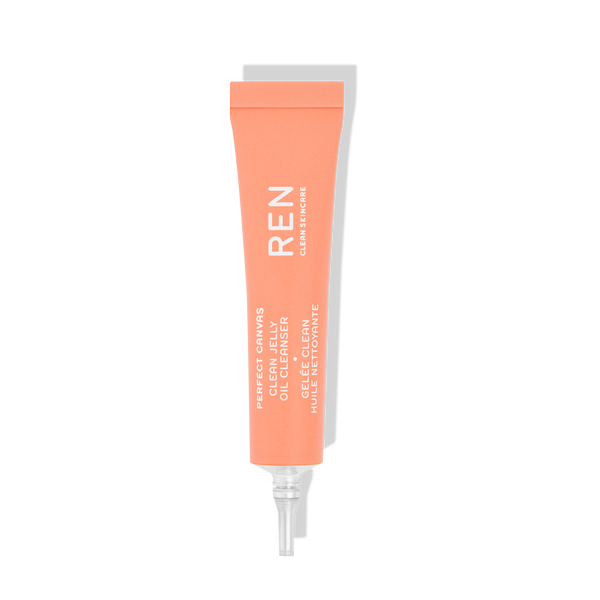How to properly exfoliate your skin.

Skin exfoliation is an essential part of any skincare routine. Exfoliation sloughs away dead skin cells to make way for a softer, smoother complexion. It also improves circulation and allows for fuller absorption of other skincare products, such as facial serums and daily moisturizers. As you learn how to exfoliate skin in a healthy way, it’s important to remember to be gentle. Aggressive exfoliation or exfoliating too often can leave the skin looking and feeling red and raw.
There are two types of exfoliation - physical exfoliation and chemical exfoliation. Physical exfoliators containing microbeads and chemical exfoliators containing acids go to work once you begin to massage the product into the skin. When exfoliating your face, use your fingertips to apply your exfoliant scrub in a circular motion, primarily focusing on your t-zone area where pores become clogged most often. However, don’t discount your hairline and chin, especially if you’ve noticed dull or rough skin or the appearance of acne breakouts. Be careful around the delicate under-eye area, and extend exfoliating down to your neck as well.
As you exfoliate, never pull or tug at the skin. Rubbing harshly may tear or stretch it out and cause more harm than good. After you’re done, follow up with your favorite moisturizer to lock in hydration and provide added nourishment. As you begin to see how this skincare step allows your beautiful skin to shine through, two key factors that’ll keep your skin happy is selecting the right skincare product and maintaining regular exfoliation as part of your routine.
- Tags: exfoliation









